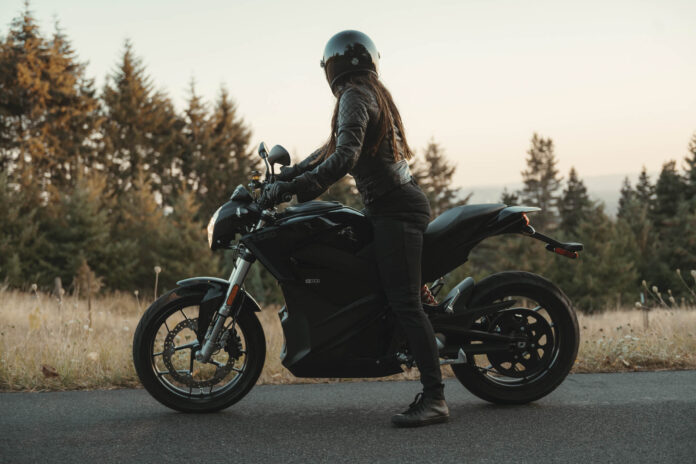Autumn is officially here in many parts of the United States. And that means lots of opportunities for motorcyclists to hit the road and enjoy the beautiful changing of seasons and more comfortable weather. Motorcycling is incredibly popular. There is nothing quite like the feel of the open road and the ability to connect with nature.
But as much fun as motorcycling is during autumn, there are some hazards that motorcyclists should be aware of. Put together by The Dixon Firm, PC, consider these 10 hazards of motorcycling during autumn and take measures to protect yourself and your passengers from possible accidents or injuries.
10 Hazards of Motorcycling During Autumn
- Leaves: When leaves change color and start to fall, it is a sight that many motorcyclists travel to behold. But beware! Leaves that accumulate on the ground can hide road hazards, such as potholes, irregularities, or even dead animals.
- More Darkness: Autumn means shorter days and longer nights. That means more darkness. If you are riding any time around dawn, dusk, or overnight, make sure that your motorcycle is equipped with adequate lights and signals. You should also have reflective gear on hand for driving after dark.
- The Sun is Lower: The sun being lower in the sky means that motorcyclists (and all drivers) are at risk for sunlight glare. The glare from the rising or setting sun, especially, can be almost blinding. It can cause drivers to squint or not see ahead of them on the road.
- Wildlife: Autumn officially begins in September in the northern hemisphere. By November, deer and other animals are in the prime of their mating and migration season. That means wildlife are on the move and are more of a threat to drivers. Be especially vigilant at dawn and dusk for deer that may attempt to cross the road.
- Cold Weather: Cold weather can affect your motorcycle itself. When the weather cools, your tires sit differently and may not hold air as well. Cold weather can also impact traction, brakes, and fluids. Before the weather gets cold, make sure your maintenance is up-to-date. Check your tires, brakes, fluids, and other components that may be affected by changing temperatures.
- Improper Gear: When you head out on your motorcycle, layering is a common way to maintain a comfortable temperature while being able to easily loose layers or add more. However, too many layers can impede your movement and flexibility. That, in turn, can impact your ability to react quickly. Make sure your gear is right for your ride. If you are riding in cold weather, consider heated gear instead of multiple layers.
- Cold Driver or Riders: Being cold can be fatiguing, which is not good if you are operating a motorcycle. Fatigue can cause your reactions and decision-making ability to be impaired as much as if you were intoxicated with alcohol. Avoid fatigue by wearing proper gear to stay warm. Also, stay hydrated and take regular rest breaks if needed.
- Road Surface Hazards: We mentioned leaves being a hazard, but there are numerous other possible road surface hazards that can cause problems for motorcyclists. Wet roads, frost, and icy surfaces are among the most dangerous road hazards. Motorcyclists must be extra cautious during dawn and dusk, and after dark. Roads can quickly become frosty or icy, especially in the mountains. Be mindful of shady areas that may also freeze faster.
- Fewer Riders: When the weather starts to cool off, there will be less motorcycles on the road. That can be bad news for remaining motorcyclists, because other drivers may not be as aware as they need to be, wrongly assuming there are no motorcycles around.
- Isolation: Autumn road trips are a lot of fun, but make sure you are prepared in case of an emergency. Plan your route accordingly and know where lodging, gas, food, and emergency services are located.






















